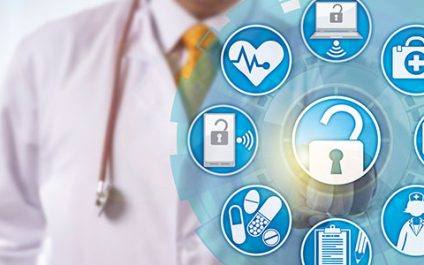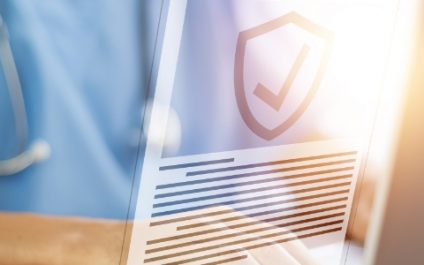Protected health information (PHI) includes medical records, lab results, diagnoses, treatment plans, and payment details. As healthcare continues to move toward digital platforms and data sharing, it is crucial to have the following measures in place to safeguard PHI from cyberattacks. Perform regular risk assessments To keep PHI safe, healthcare organizations must identify potential vulnerabilities […]
How to safeguard protected health information
5 Essential steps to defend against insider threats in healthcare

Among the most pressing issues that the healthcare sector must grapple with are insider threats. To protect confidential records, financial information, and patient data, healthcare organizations must take proactive measures to safeguard their systems. Here are five essential steps your healthcare business should take to protect against insider threats. Educate Healthcare employees must be thoroughly […]
Crucial tips to protect customers’ PHI

If your business handles protected health information (PHI), it’s your duty to take every step possible to ensure that your clients’ data is secured. Cybercriminals often target PHI because it contains personal, medical, and financial information that they can exploit for profit. This blog will discuss best practices your business can adopt to protect your […]
PHI best practices that all business leaders should know

Protected health information (PHI) is a common target of cybercriminals, as the personal, medical, and financial information that comprise it can be abused for financial gain. This is why businesses that handle PHI should take every step possible to ensure that their clients’ data is always protected. Provide your staff with regular training A comprehensive […]
4 Important factors about HIPAA and your IT

Doctor filling in medical document with electronic database Medical records are private and their exposure could lead to negative consequences such as social stigma and job discrimination. The Health Insurance Portability and Accountability Act (HIPAA) protects these data and grants patients the right to view their own health information so that they can enjoy more […]
How to secure protected health information
Protected health information (PHI) includes different types of data, including a patient’s Social Security number, billing information, and health condition. Because of the wealth of confidential information it encompasses, PHI is highly valuable to hackers, who can use stolen PHI to carry out fraudulent activities. This puts healthcare organizations and other businesses that handle PHI […]


Recent Comments